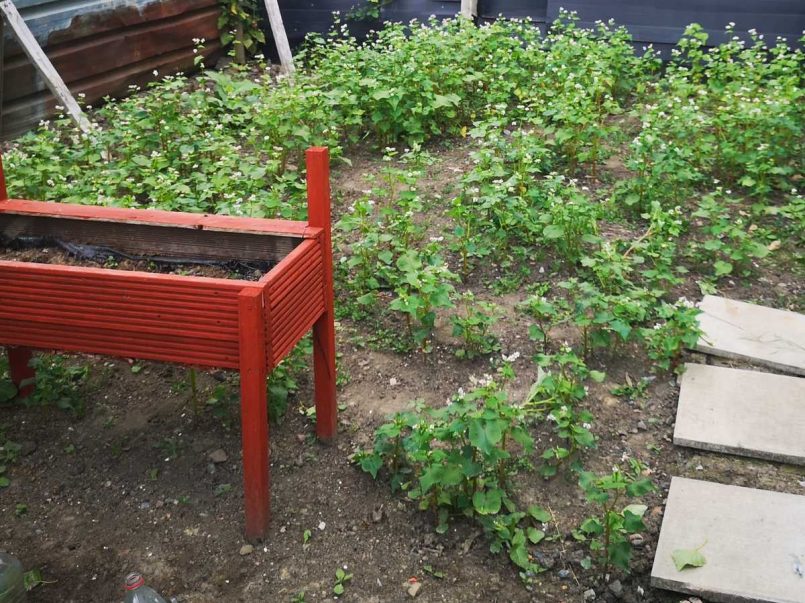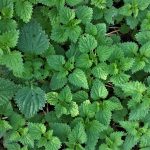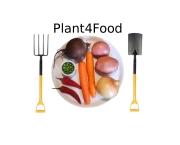Nature always gives us a helping hand. That’s why there are some amazing plants that enrich soil without chemicals, later benefitting your homegrown vegetables and fruit. These nutrient-giving plants are known as green manure. Like manure, they improve soil condition and add nutrients. This means that anything planted in that same soil afterwards will produce bigger and healthier crops. Buckwheat, as a green manure, also attracts beneficial insects and suppresses weeds. Well, what are you waiting for… find out how easily you can incorporate green manure into your soil.
We all know that most fruit and vegetables will struggle in poor quality soil that lacks nutrients. Even in good soil, growing plants in the same area year after year will eventually drain its goodness. More annoyingly, simple rainwater can wash away nitrogen, which is so essential for strong leaf growth.
So, how does green manure benefit plants?
There are many types of green manures you can use, depending on the time of year you want to plant them. A lot of green manure plants help fix nitrogen into your soil, but we always water our leafy vegetables with homemade nettle feed to give them a nitrogen boost. So, this year we decided to use a green manure that would improve the levels of phosphate in our soil. Enter stage left…..buckwheat.
Buckwheat as a green manure
Buckwheat is a non-fussy, fast-growing plant. It will grow in any soil and in any location, wherever you have any spare ground between crops. Amazingly, buckwheat pumps up and collects phosphate from the soil. Phosphate is a staple requirement for all plants, enabling them to convert the sun’s energy into growth.
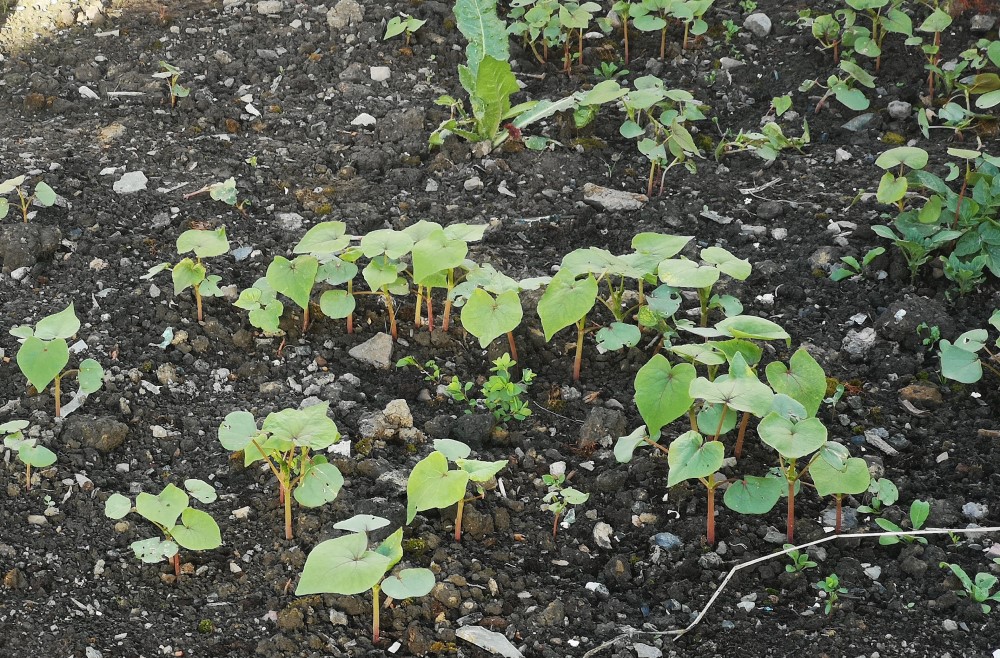
If buckwheat is cut down or dug into the soil at the right time, it will lock the phosphate into the soil as it quickly decomposes. The phosphate was already in the soil but now your homegrown crops can access it.
Buckwheat attracts beneficial insects
Within a few weeks, buckwheat will produce white flowers that attract lots of beneficial insects and is a good source of nectar for honey bees. And we all know that bees need all the help they can get nowadays.
Buckwheat is irresistible to hoverflies whose larvae feed on garden pests, such as aphids, thrips and caterpillars. These pests can quickly ruin a vegetable crop, so hoverflies are definitely insects you want to welcome with open arms.
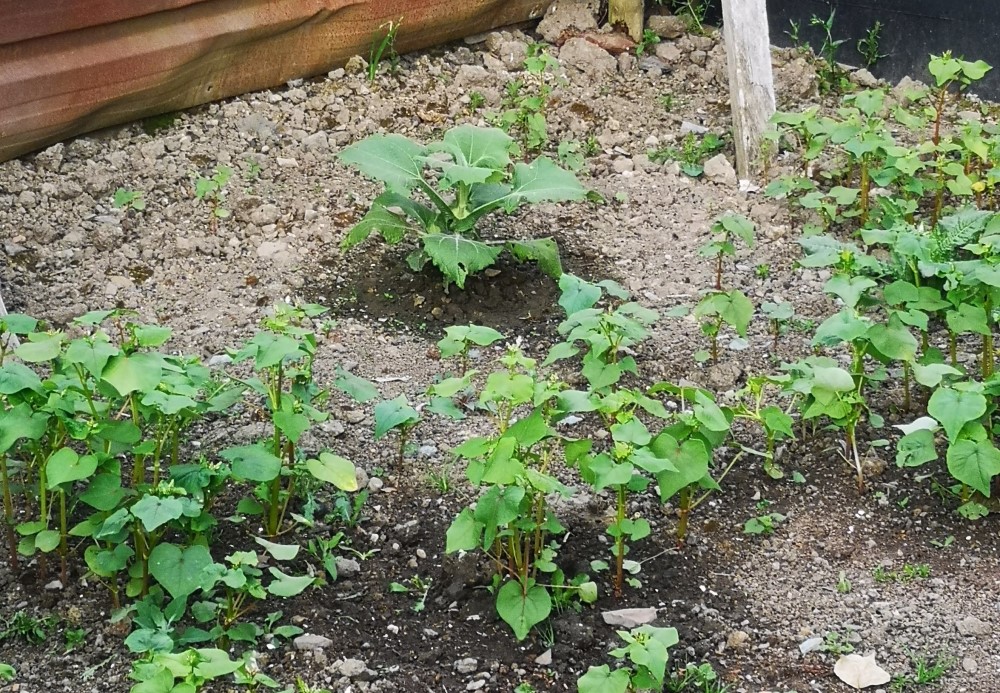
Because buckwheat attracts pollinators into your garden, this will improve yields of any nearby fruit or fruiting vegetables (such as tomatoes, courgettes, peppers, pumpkin, etc).
Buckwheat suppresses weeds
Buckwheat helps prevent weeds by releasing a growth inhibiter that stops weed seeds from germinating. Too many weeds are not only annoying and unsightly, but they also take nutrients away from the plants that you do want to grow.
You can eat buckwheat seeds
If you want to leave some of your buckwheat in the ground for longer then you can harvest the seeds. Buckwheat seeds can be treated like oats, for instance, you can add them to muesli or cook them to make porridge. Just bear in mind that although the soil will improve, it won’t get as much benefit because the buckwheat will have used up some of the nutrients in producing its seed.
You can save buckwheat seeds
Of course, you can save buckwheat seeds and use them again as green manure on another area of your allotment. Alternatively, if you are not using the ground for anything then you can leave the seeds to fall where they are, to grow naturally. The following spring, you can then move the seedlings to another area and the whole process starts again.
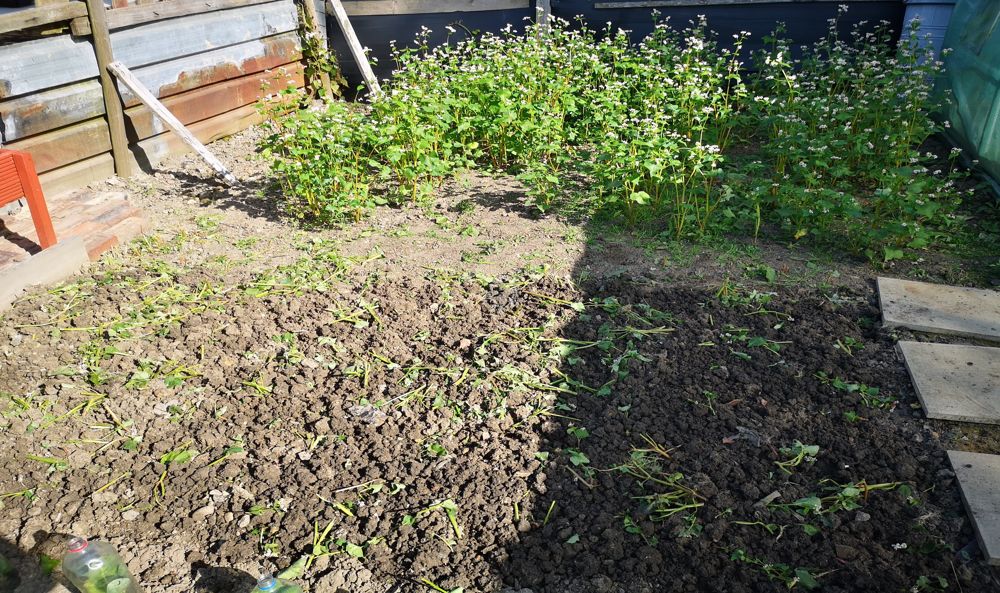
How to grow buckwheat
- Buy the seeds from a garden centre or online. In May, simply scatter the seeds as evenly as you can. Rake over the soil lightly.
- Keep watering until they start growing.
- A week or two after they have all flowered, cut down the plants and leave them on top of the soil for the worms to take down. Alternatively, you can dig them in.
- Once you have cut down or dug in the buckwheat green manure, wait a couple of weeks before growing anything in the same area.
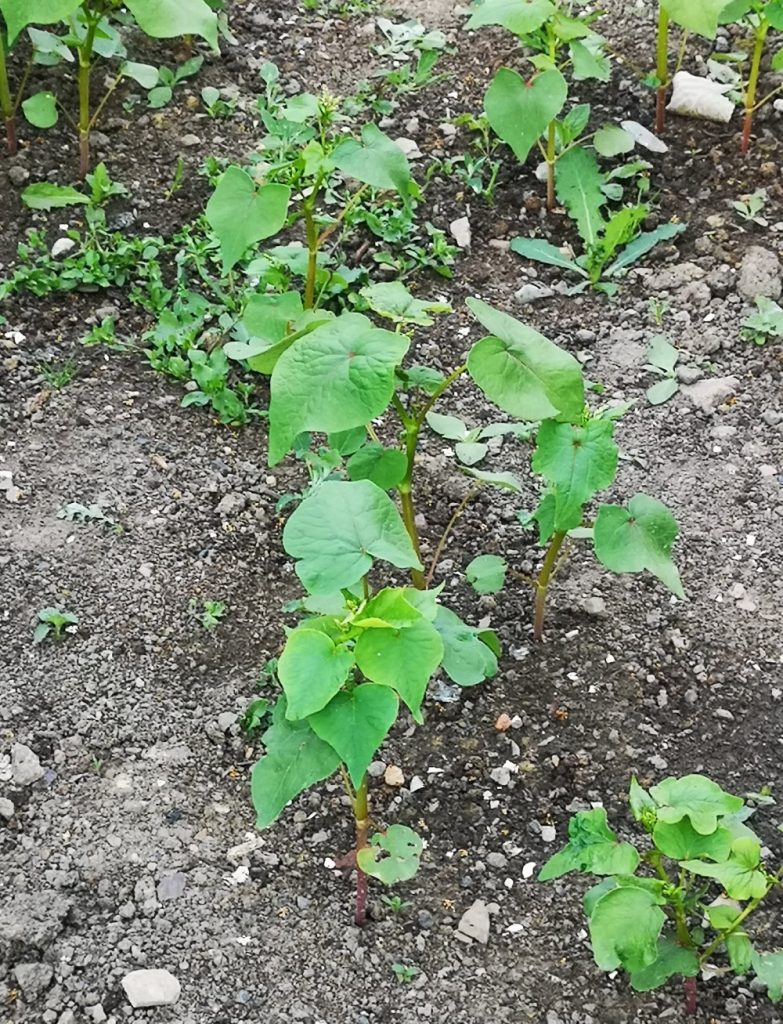
If you want to harvest buckwheat seed also do the following:
- If you want to save or eat any seeds then harvest the seeds after 10-12 weeks. Some seeds will turn dry and brown before others, so just take them off regularly as they mature.
- To separate the seeds from the chaff (bits of stuff you don’t want), place a fan next to a tray containing a couple of handfuls of buckwheat. Then grab some buckwheat and let it fall. The lightweight, dry leaves and chaff will fly off and the seeds will fall back into the tray. Keep repeating this until you just have the seed.
Add green manure to your soil
I cannot think of a reason not to grow green manure. It will benefit your soil, all your plants, the wildlife and you, so again what are you waiting for…?
